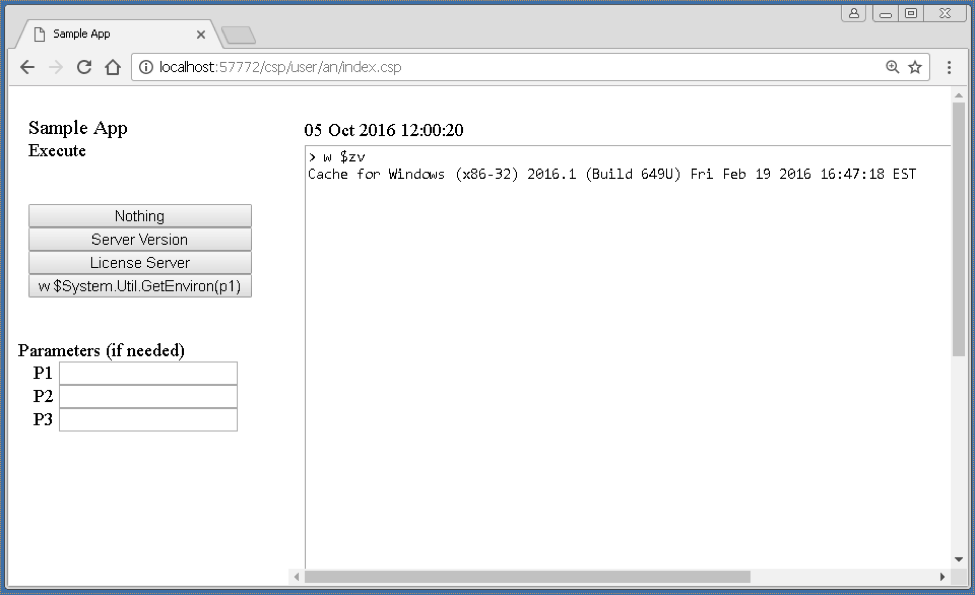When using Studio, ODBC or a terminal connection to Caché or Ensemble, you may have wondered how to secure the connection. One option is to add TLS (aka SSL) to your connection. The Caché client applications - TELNET, ODBC and Studio - all understand how to add TLS to the connection. They just need to be configured to do it.
Configuring these clients is easier in 2015.1 and later. I'm going to be discussing this new method. If you're already using the old, legacy method, it will continue to work, but I would recommend you consider switching to the new one.



